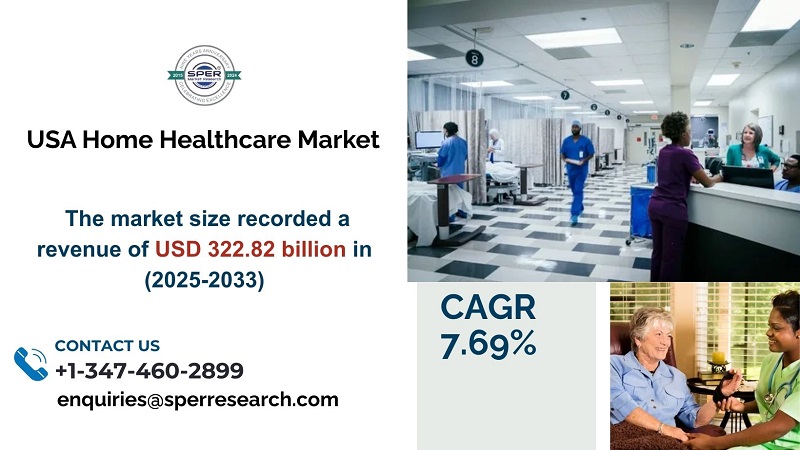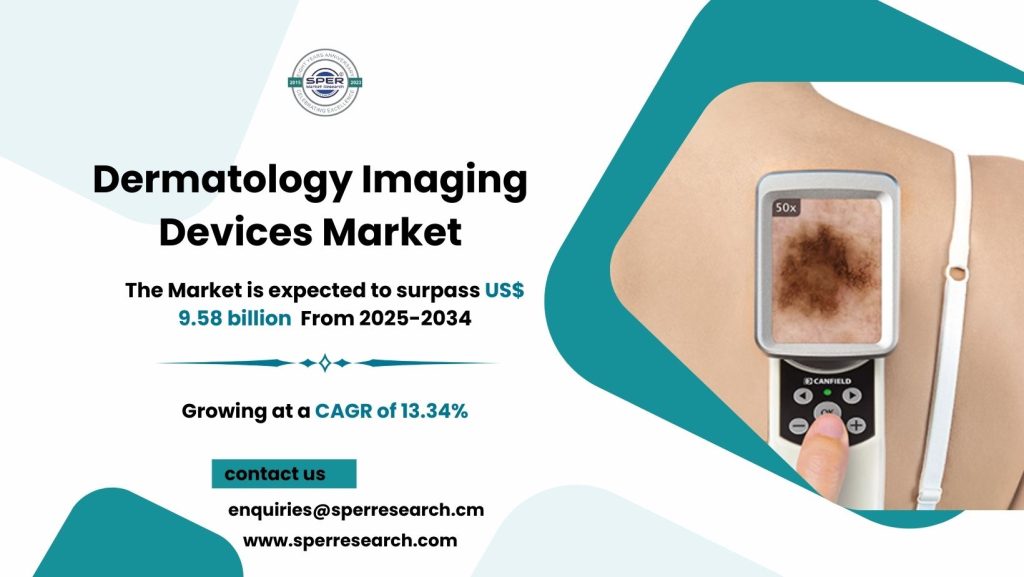The medical procedures used to identify and assess liver cancer are referred to as liver cancer diagnostics. These include imaging methods like ultrasound, CT, MRI, and PET scans to detect malignancies, as well as blood tests like measuring alpha-fetoprotein (AFP) levels. By examining tissue under a microscope, a liver biopsy may be carried out to confirm the diagnosis. Other recent developments include non-invasive liquid biopsies that identify cancer markers in the blood, as well as genetic and molecular testing. Early detection, identifying the kind and stage of cancer, directing treatment choices, and tracking the efficacy of therapy are all made easier by these diagnostic technologies.
According to SPER market research, ‘Europe Liver Cancer Diagnostics Market Size- By Test Type, By Cancer Stages, By Cancer Type, By Product, By Technology, By Application, By Gender, By End User, By Distribution Channel- Regional Outlook, Competitive Strategies and Segment Forecast to 2034’ state that the Europe Liver Cancer Diagnostics Market is estimated to reach USD 3.11 billion by 2034 with a CAGR of 6.28%.
Drivers:
The European market for liver cancer diagnostics is expanding steadily as a result of advancements in technology and a stronger focus on healthcare. Advances like AI-enhanced imaging and liquid biopsies are making it possible to diagnose liver cancer early and with more accuracy. Early diagnosis and personalized medicine are becoming more and more important because they enable customized treatment regimens based on the unique characteristics of each patient. The accuracy of diagnosis is being greatly enhanced by artificial intelligence, particularly in the interpretation of imaging. Increased financing for cancer research, supportive government programs, and improved provider awareness are all driving market expansion. Strategic partnerships between diagnostic companies, academic institutions, and medical practitioners are also encouraging innovation and improving the accessibility and efficacy of diagnostic technologies throughout the region.
Request a Free Sample Report: https://www.sperresearch.com/report-store/europe-liver-cancer-diagnostics-market.aspx?sample=1
Restraints:
There are several barriers that keep the market for liver cancer diagnostics in Europe from growing. The high expense of sophisticated diagnostic tools, such liquid biopsies and AI-powered imaging, is one of the primary obstacles that restricts accessibility, particularly in environments
with limited resources. The nature of liver cancer, which frequently manifests with nebulous symptoms and overlaps with other liver illnesses like cirrhosis, further complicates early detection. The adoption of novel diagnostic techniques is further delayed by regulatory obstacles and varied reimbursement practices across nations. Furthermore, a lack of knowledge regarding liver cancer and the advantages of early detection leads to late-stage discovery, which has a detrimental effect on patient outcomes. To ensure prompt and accurate diagnoses, overcoming these obstacles calls for increased public knowledge, simplified laws, and better affordability.
Germany dominates Europe’s liver cancer diagnostics market due to its advanced healthcare infrastructure, strong presence of diagnostic companies, and emphasis on early detection. Some significant market players are ABK Biomedical Inc., Agilent Technologies Inc., Altogen Biosystems, Diagnostic Biosystems Inc., Diazyme Laboratories Inc. and others.
For More Information, refer to below link: –
Europe Liver Cancer Diagnostics Market Growth
Related Reports:
Follow Us –
LinkedIn | Instagram | Facebook | Twitter
Contact Us:
Sara Lopes, Business Consultant — USA
SPER Market Research
enquiries@sperresearch.com
+1–347–460–2899









